Madagascar is home to five different species of sea turtles. They are all endangered as they are hunted either for their meat or their shell. Especially Green turtles and Hawksbill turtles are showing a marked decline in nesting. According to Sea Turtle Conservancy, there are only about 20-23 000 nesting females left of this species in the world. So, where to see sea turtles nest in Madagascar?
There are a few islands where you can see sea turtles lay their eggs. The most popular is Nosy Iranja which is an important island for both the Green turtles and the Hawksbill turtles to breed. The paradisiacal island is off the North West coast of Madagascar and is made of two islands divided by a 1.2 km long white sandbar.
The bigger island, named Iranja Komba, is inhabited by a tiny village. The smaller island, also known as Iranja Kely, is where the turtles lay their eggs on the beach. However, there is an even better place not too far from Nosy Iranja where you can see sea turtles nest in Madagascar.
Disclosure: This post may contain affiliate links. That means that if you make a purchase through one of those links, I will get a small commission at no extra cost to you. If you have any questions about these services or products, feel free to ask me.
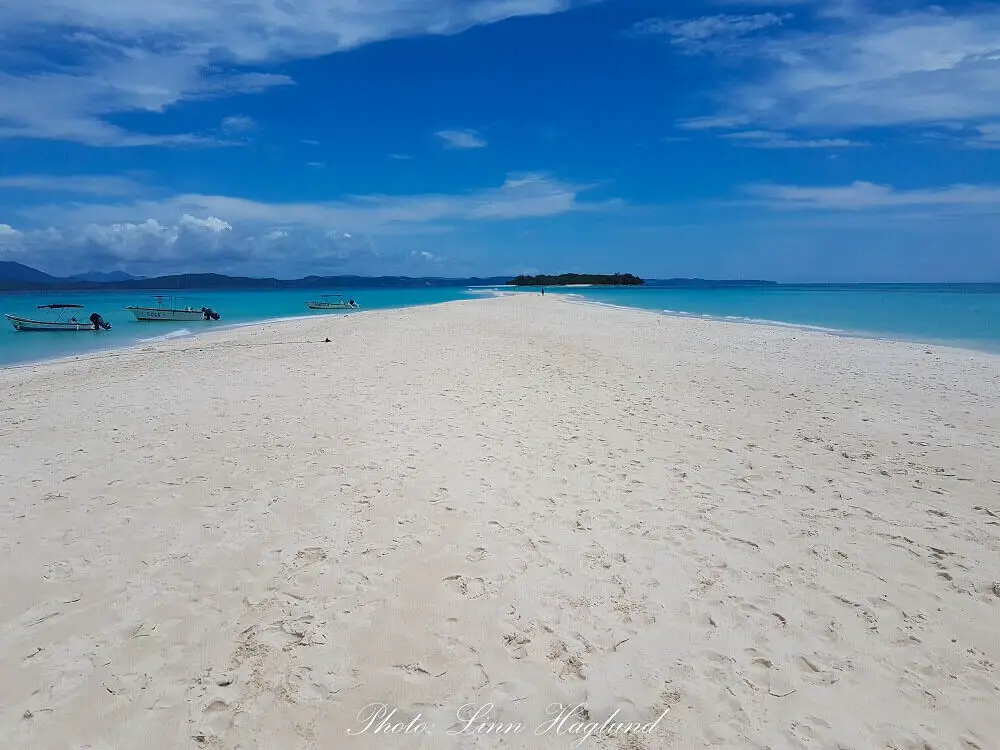
You might also like my complete guide to hiking Tsingy de Bemaraha National Park in Madagascar
Where to see sea turtles nest in Madagascar – the ethical way
Ankazoberavina is a small, privately owned island. It’s only permanent inhabitants are a couple of eagles (with their baby) and three groups of lemurs. In addition, there are a few other bird species and whatever bugs belong in the jungle and on the beach.
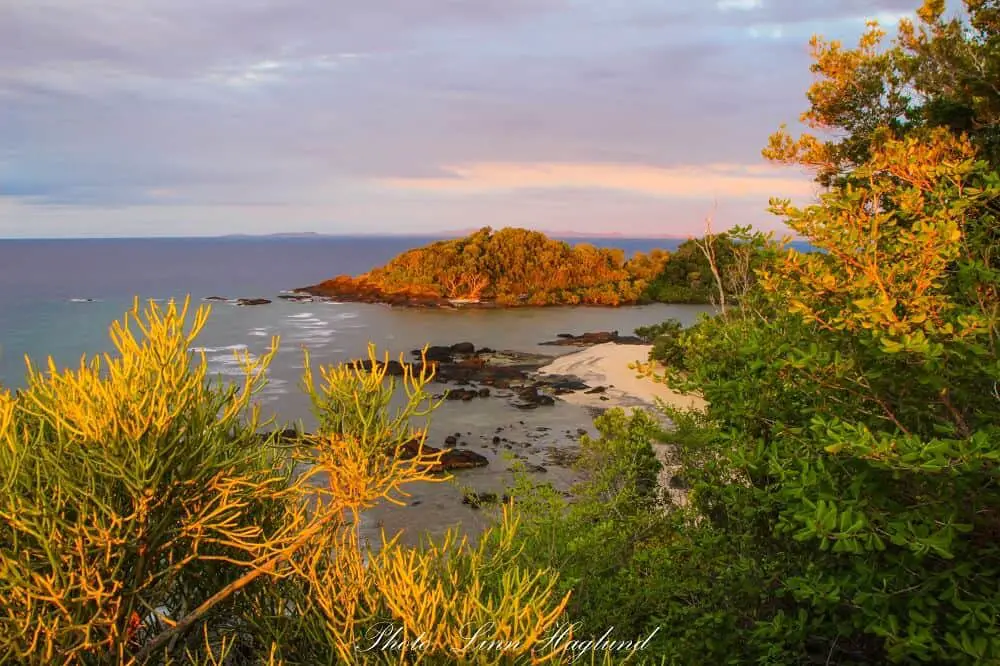
The volcanic island is covered with thick jungle. Along the island’s only white sandy beach is an Ecolodge consisting of nine bungalows, including one tree bungalow. This beach is the place to see sea turtles nest in Madagascar in a sustainable way.
Once you arrive at the Ecolodge you will get an insightful briefing on how to respect the wildlife of the island. In the period between October and April, the Hawksbill turtles lay their eggs on this exact beach. Visitors are not allowed to disturb the turtles in any way in case of observing them.
In case visitors observe a turtle, they are advised to get the manager, Max, who can supervise the viewing. He will make sure that visitors don’t disturb the turtle, or gets too close to the spectacle. With years of experience, he willingly teaches the interested all about the life cycle of these ancient creatures.
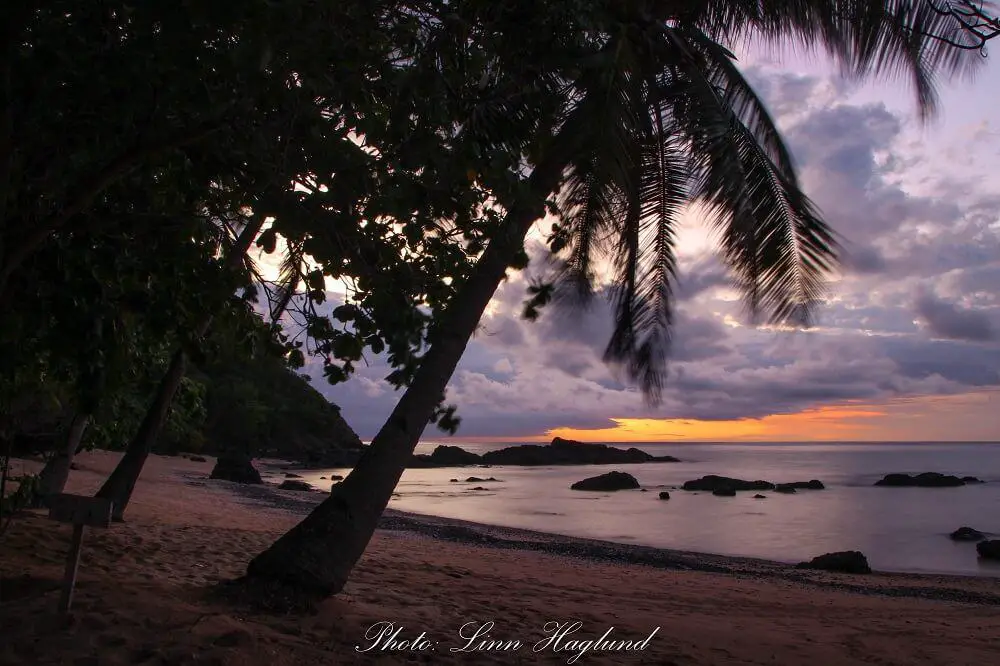
The nesting
The turtles usually come out of the water with high tide to find an adequate place on the beach to lay their eggs. The animals are particularly sensitive to any movements and disturbance when they walk up the beach and until they find a satisfactory spot to dig their nest.
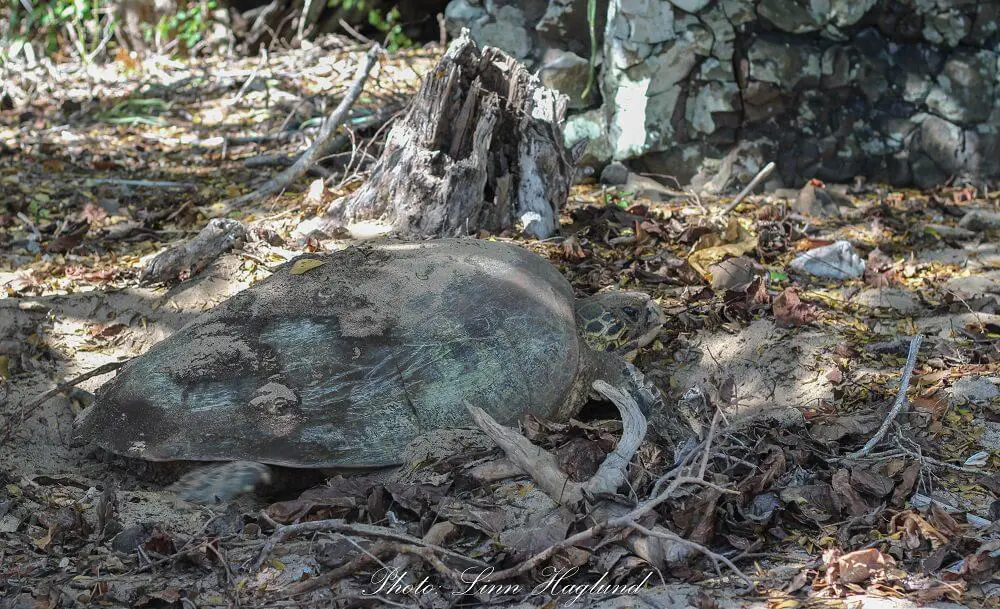
Therefore, it is especially important not to make any movement or sounds if you observe a turtle come out of the water. If a turtle comes up to lay eggs, but doesn’t do so for any reason, she will always return the next day to try again.
It is most likely that the turtles come up on the beach to lay their eggs at night. Still, you can be lucky to see one of these beauties make her way up the beach even in the daytime. Make sure to watch out for them when it is high tide! As they make their way up the beach and back down again, they leave trails looking like tractor trails. This makes it easy to follow their trace to see if they have laid eggs.
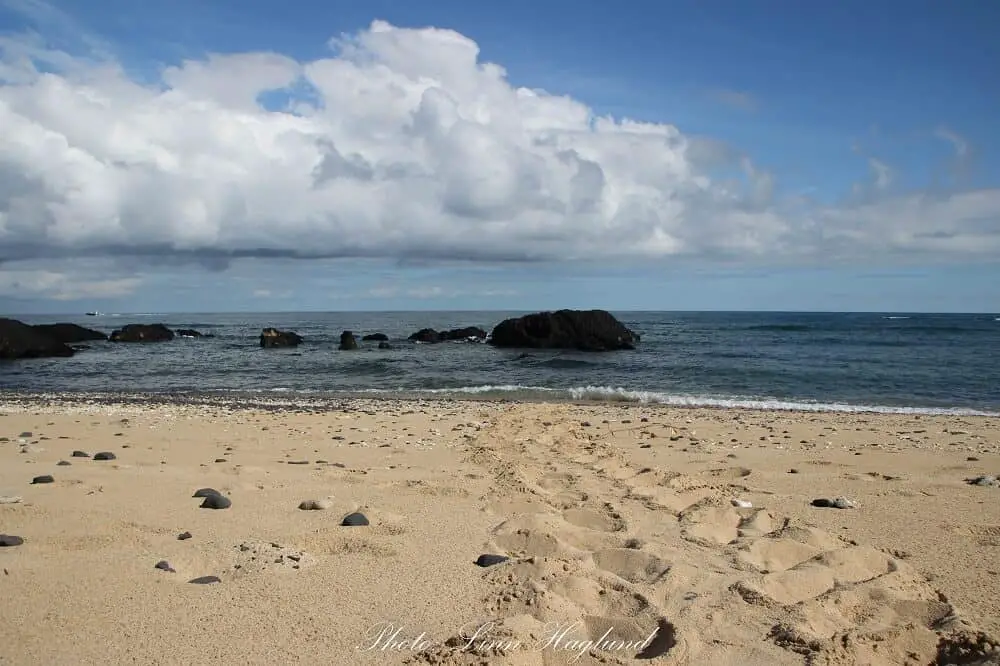
The Hawksbill turtles dig a 40-50 cm hole in the sand where they lay between 150 and 200 eggs. Then, they cover the eggs with sand making a pile of loose sand on top.
However, the turtles are not stupid. They know that predators, like crabs, will eat the eggs unless they mislead them. They do that by rubbing their bodies beside the newly made nest so that predators follow their scent instead of their eggs. This whole process can take up to two-three hours to complete. After all, turtles are not known for moving fast.
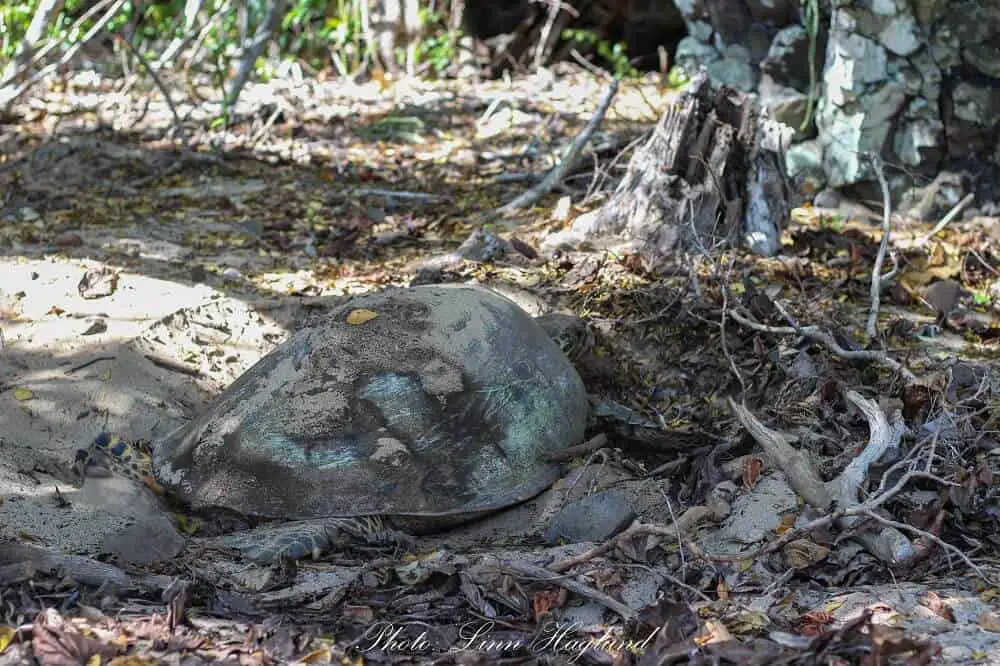
Baby turtles
The eggs hatch two months after the mama turtle has laid her eggs on the beach. This is the time when you can be lucky to see many tiny baby turtles crawl out from their nest, down the beach, and into the water.
The turtles’ sex is decided by the temperature where the eggs lay. That means, the eggs further down, where it is coldest, become males, and the eggs on the top where temperatures are warmer, become females.
Not only the crabs are among the baby turtles’ predators. Birds are a major threat when the little ones make their walk down the beach toward the waterfront. The ones that make it out to the sea have other troubles to worry about, though. There, fish are eager to eat them, as they swim toward deep waters where they don’t have many predators to worry about.
In average, only one or two baby turtles make it. One or two out of 150-200 eggs.
The surviving champions stay far out in the ocean eating mostly plankton and jellyfish during their first couple of years. They swim closer to shore when they are big enough and have fewer predators. The rest of their life they live mainly of sponges and anemones, often in rocky, coastal reef areas.
The return
The turtles first make eggs when they are about 20 years old. In the meantime, they have grown to become about 46-70 kilos. Their instinct makes them return to the exact same beach where they were born to lay their eggs. Pretty amazing, ay!
According to Sea Turtle Conservancy, the Hawksbill turtles only “Nest at intervals of 2 to 4 years. Nests between 3 to 6 times per season.”
Sustainability
Ankazoberavina Ecolodge is incredibly focused on sustainability in all ways. This includes the turtle nesting and hatching of the eggs. In the nesting period, the staff walks along the beach every morning to look for new turtle trails to address potential nests. Max, the manager, is trained to see if the turtles have actually laid eggs or not.
Where there are new nests, they put up a sign with the date the eggs were laid. It also shows the date when the eggs should hatch, two months after. Visitors are instructed not to walk at a distance of one to one and a half meters from the signs to make sure the eggs aren’t harmed.
The Ecolodge doesn’t interfere in the process from the turtles laying their eggs until the baby turtles have found their way into the water. This is definitely the place to see sea turtles nest in Madagascar.
Max explains the importance of letting nature do its work. Even though this might mean the baby turtles are eaten by birds on the way down the beach. The only predators the turtles should be protected against are humans.
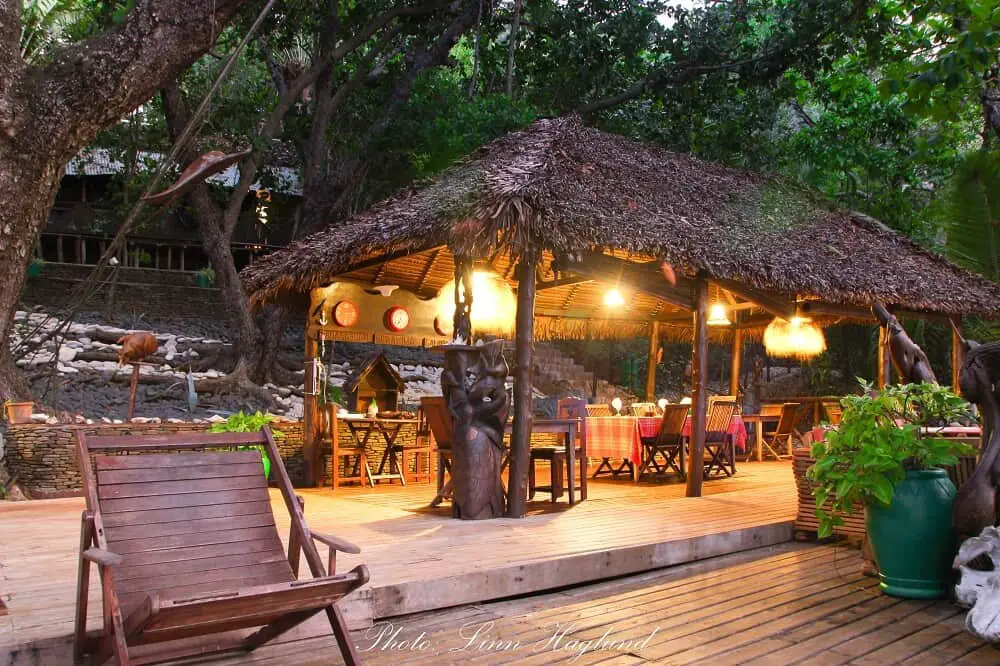
So, do you want to see sea turtles nest in Madagascar?
If you want to see sea turtles nest in Madagascar and visit Max at his Ecolodge in Ankazoberavina you can contact him through the following website: http://www.madagascar-nosyanka.com/en/.
For a 5% discount on your stay, give him the discount code LINN. The easiest way to get to Ankazoberavina is to get a pick-up by boat from Nosy Be. Book your accommodation on Nosy Be here.
For more unique wildlife in Madagascar, you can also read my blog post 11 Best wildlife encounters in Madagascar.
[mc4wp_form id=”1220″]
I really enjoyed reading this story. You have a lovely way of making a story interesting and thoughtful – with a touch of humour now and then.
Thank you very much for your kind words!